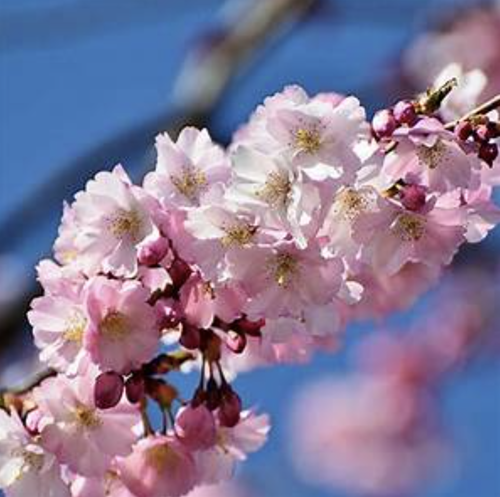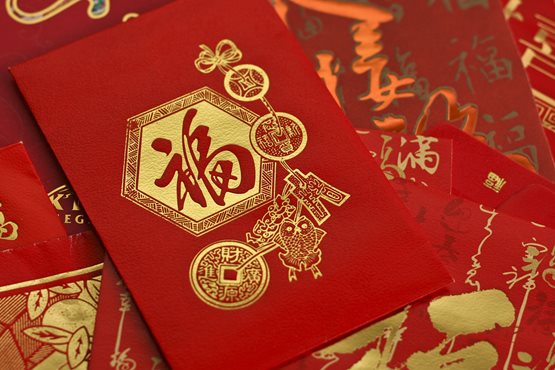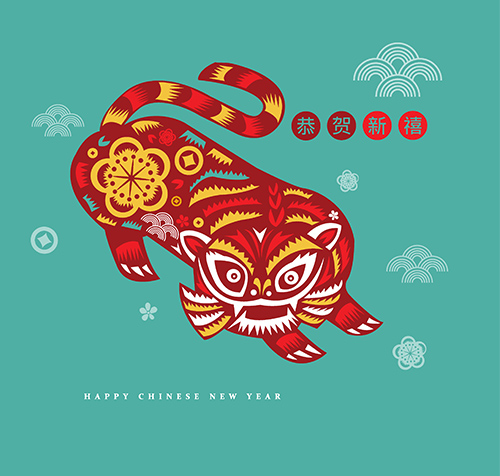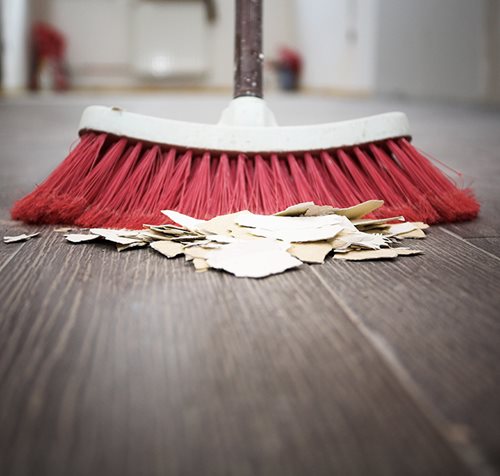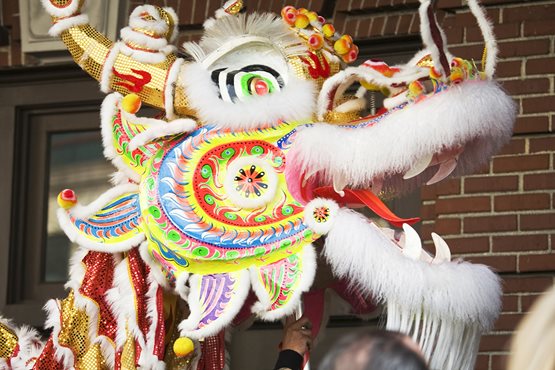SEASON OF SUPERSTITIONS
During Lunar New Year, superstitions abound. It is traditional to spend time with family on the second day, which is considered the official beginning of the new year. On the third day, visits with close friends and family are to be avoided, as this is considered the day of arguments. On the seventh day, a collective party in celebration of everyone's birthdays takes place.

